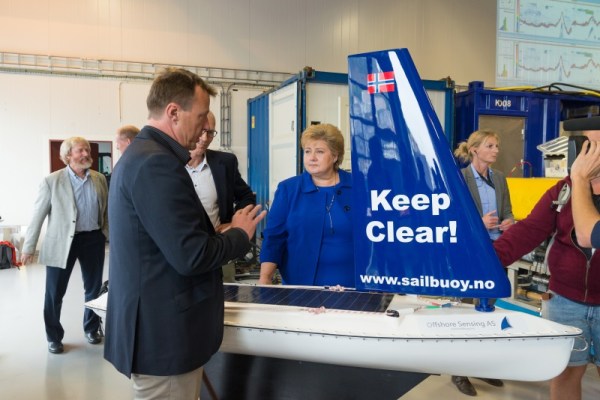Do you have a couple of minutes? Literally and precisely, two minutes. That’s how long these ten songs play. So what? A short song is not new, but these ten songs are part of a campaign to encourage residents of Cape Town, South Africa to cap their showers at one-hundred-twenty seconds. Some of us do not have to worry about droughts or water bills, but most of us are concerned about one or both of those, and this ingenious campaign alerted people to the problem, gave them the means to time themselves, and made it pleasant, not oppressive. The songs are freely available, and one might even pique your listening tastes from the biggest stars in South Africa.
So, where is the hack? Some of us have experimented with egg timers on the towel rack, timers on the showerhead, servos on the faucet knobs, or occupancy sensors, but those are strong-arm techniques or only for measuring, not regulating water use. These songs attack the most viable vector, the showerer. Or is it showeree? Telling people there is a drought is one thing, but giving them the ability to regulate themselves in such a way that they comply is a hacker’s approach. The songs on the site do not autoplay so there will be no hanging out under the water spray to find the best song. Which is your favorite?


















